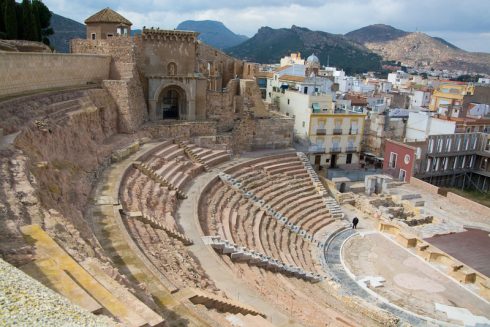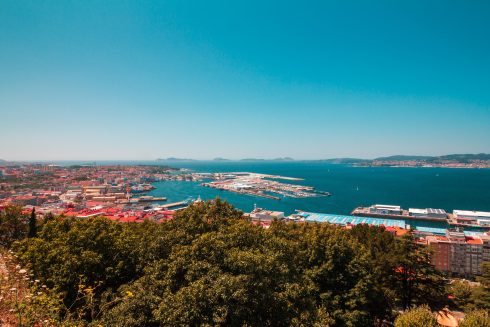WHEN visiting a country like Spain, determining how to make the most of your stay can be a difficult task, writes Shannon Chaffers.
Of course, the most spectacular and well known sites are at the top of everyone’s bucket-list, but Spain has so much more on offer.
For those seeking an authentic and fulfilling trip, a new map featuring the most popular tourist attractions in each of Spain’s 52 provinces serves as a useful guide.
Tourism company Musement developed the map by analyzing which attraction had the most Google reviews in each province or autonomous city in Spain.
Your eye might initially be drawn to major landmarks like Barcelona’s famous Sagrada Familia, Granada’s stunning Alhambra, or Galicia’s historic Santiago de Compostela Cathedral. However, the map is also a great tool for those seeking out attractions that command less attention on traditional travel lists.
Here are six less well known attractions from the Musement map that we think are well worth the visit:
House of the Dragons, Ceuta
If you type “House of the Dragons” into Google, you’ll encounter results for the Game of Thrones prequel novel, about which a TV series is in the works. By specifying “Cueta, Spain,” though, you’ll find information about the North African province’s most popular attraction: Casa de los Dragones. Built in the early 1900s, this unique building derives its name from the four fiberglass dragons that adorn its roof. Viewed on street level, you might even feel like you’ve stepped into the set of Game of Thrones!
PortAventura World, Tarragona
If seeing sculptured dragons up close isn’t thrilling enough, a trip to PortAventura World in northeastern Spain might do the trick. Home to Spain’s most popular theme park, a visit will afford you the opportunity to ride the Dragon Khan, a roller coaster which reaches speeds of 110 km/h. In addition to roller coasters, there is a waterpark, golf courses, and many different family-friendly shows on offer.
Hórreos de Combarro, Pontevedra:
Hórreos are house-like structures on stilts used to store grain, and the Galicia region of Northwestern Spain has about 30,000 of them. Although the name derives from the Latin word for “granary,” they were built even before the Romans arrived. Those in the fishing village of Combarro are especially popular because they are right next to the ocean, making for beautiful sights. Their popularity might also stem from the fact that they can be seen as part of the Camino de Santiago, Spain’s most famous walk.
Roman Theatre of Cartagena, Murcia:

While hórreos may not have originated from the Roman conquest, the Roman ruins scattered across Spain certainly do. The most well known of these is perhaps the Roman Theatre of Merida in the southwest region. But Musement’s map gives the Roman Theatre of Cartagena a chance to shine as Murcia’s most popular attraction. The theatre in the southeast of Spain was built between 5 and 1 BC, and wasn’t fully excavated until 2003. You can now explore the theatre’s various attractions through different immersive tours, and also visit the nearby museum for a more complete experience.
Puente Nuevo, Ronda:
Another impressive architectural structure in Spain is the Puente Nuevo, or “New Bridge,” located inland from Spain’s southern coast. The bridge took 34 years to build (from 1759 to 1793), and spans a 390 foot drop into El Tajo canyon. It connects the old and new towns of the historic city of Ronda. Besides serving this purpose, it makes for a stunning view, earning its place as the most popular attraction in the province of Málaga.
Dalí Theatre and Museum, Girona:
Finally, art-lovers hoping for an eccentric experience might visit the Dalí Theatre and Museum in the northeastern province of Girona. Designed by Salvador Dalí himself, and located in the famous artist’s hometown, the museum is meant to offer an experience of the world as Dalí saw it. The museum contains many pieces of Dalí’s artwork, while also providing insight into his storied life.
As Spain opens up to travel again and visitors flock to major tourist attractions yet again, consider making a stop at these charming places, as well as the better-known sights.
READ ALSO:
- Ten reasons to visit Spain’s green and glorious Galicia this summer
- FROM CASTLES TO CABINS: Here are the coolest staycation properties in Spain
- Five lesser known towns worth a visit on Spain’s Costa del Sol this summer
Click here to read more La Cultura News from The Olive Press.








